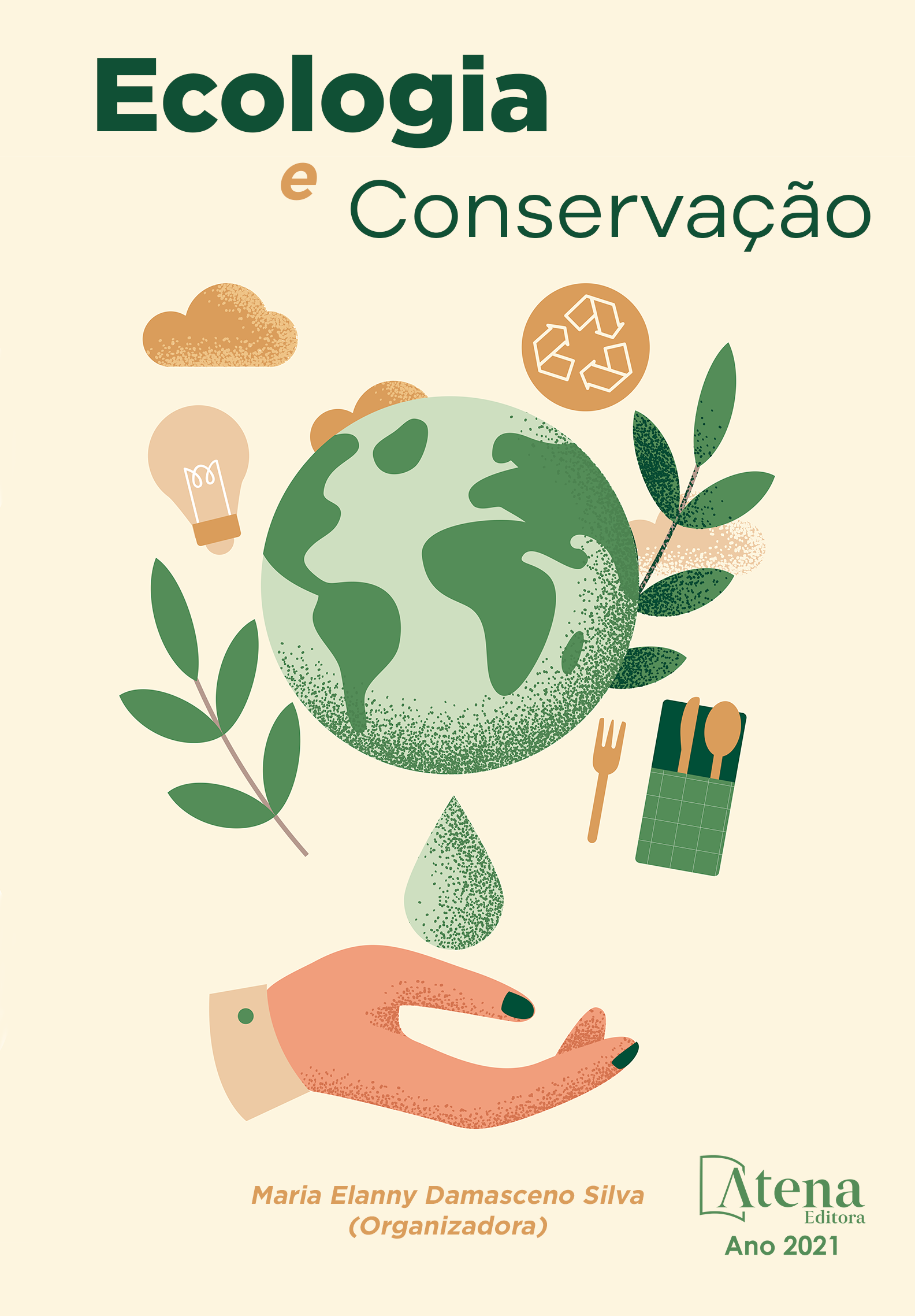
DIETA DE MÃO-PELADA, Procyon cancrivorus (CARNIVORA, PROCYONIDAE): UM ESTUDO DE CASO EM ÁREA COSTEIRA DO ESPÍRITO SANTO, SUDESTE DO BRASIL
O mão-pelada, Procyon cancrivorus, é um dos carnívoros neotropicais cuja ecologia é menos conhecida e as lacunas incluem os hábitos alimentares. O presente estudo objetivou caracterizar a dieta e determinar o hábito alimentar de P. cancrivorus em área costeira localizada na porção centro-sul do estado do Espírito Santo, sudeste do Brasil. Para isso, foi realizada a análise do conteúdo estomacal de espécimes atropelados na Rodovia ES-060 entre 2013 e 2016. Foi calculada a frequência de ocorrência (FO) para avaliação da importância dos itens alimentares. Foram analisados 13 conteúdos estomacais e identificados 16 itens alimentares, sendo três espécies vegetais e, pelo menos, 13 táxons animais. A dieta revelou maior frequência de itens animais (FO=92,3%), em detrimento de vegetais (FO=23,1%). Quando analisados os itens animais separadamente, a frequência de consumo de insetos e de vertebrados foi semelhante (FO=53,8% cada). Isso indica dieta insetívora-carnívora, a qual pode ser complementada com frutos. Entre os itens registrados, destaca-se o consumo de frutos de duas espécies exóticas (jaca - Artocarpus heterophylus e jamelão - Syzygium jambolanum) e de duas espécies ameaçadas de extinção (lagartinho-do-nativo - Ameivula nativo e filhotes recém eclodidos de tartaruga-de-couro - Dermochelys coriacea). Foram observadas variações qualitativas e quantitativas entre os itens consumidos no Espírito Santo, considerando outros estudos realizados na mesma região, e quando comparados com informações disponíveis para outras localidades. Tais variações evidenciam a plasticidade alimentar de P. cancrivorus e reforçam o caráter oportunista da espécie, refletindo nas diferentes classificações de dieta observadas na literatura. A utilização de diferentes metodologias permitiu avanços na caracterização dos hábitos alimentares de P. cancrivorus no Espírito Santo, ressaltando a importância da identificação dos conteúdos ingeridos ao menor nível taxonômico possível. Foi evidenciada também a importância do aproveitamento científico de materiais provenientes de atropelamentos de fauna, o que deve ser incentivado em outras localidades.
DIETA DE MÃO-PELADA, Procyon cancrivorus (CARNIVORA, PROCYONIDAE): UM ESTUDO DE CASO EM ÁREA COSTEIRA DO ESPÍRITO SANTO, SUDESTE DO BRASIL
-
DOI: 10.22533/at.ed.0452109028
-
Palavras-chave: atropelamento de fauna, conteúdo estomacal, ecologia trófica, plasticidade alimentar
-
Keywords: food plasticity, road-killed animals, stomach contents, trophic ecology
-
Abstract:
The crab-eating raccoon, Procyon cancrivorus, is one of the less studied neotropical carnivores, and the gaps include food habits. The present study aimed to characterize the diet and determine the food habits of P. cancrivorus in a coastal area located in the south-central portion of Espírito Santo, southeastern Brazil. We analyze the stomach contents of specimens roadkilled on ES-060 Highway between 2013 and 2016. The frequency of occurrence (FO) was calculated to assess the importance of food items. Thirteen stomach contents were analyzed. We identified the consumption of 16 food items, three of which were plant species and at least 13 were animal taxa. The diet revealed a higher frequency of animal items (FO=92.3%) to the detriment of plant (FO=23.1%). When the animal items were analyzed separately, the frequency of insects and vertebrates consumption was similar (FO=53.8% each). It indicates an insectivorous-carnivorous diet, which can be supplemented with fruits. Among the registered items, we highlight the consumption of fruits of two exotic species (jackfruit - Artocarpus heterophylus and jambolan - Syzygium jambolanum) and two threatened species (lizard - Ameivula nativo and newly hatched leatherback sea turtle - Dermochelys coriacea). Qualitative and quantitative variations were observed between the items consumed in Espírito Santo, considering other studies carried out in the same region, and when comparing with information from other locations. These variations demonstrate the food plasticity of P. cancrivorus, and reinforce the species' opportunistic habits, resulting in the different diet classifications observed in literature. The use of different methods allowed advances in the characterization of the food habits of P. cancrivorus in Espírito Santo, emphasizing the importance of identifying the consumed items at the lowest taxonomic level. The importance of using materials from roadkill fauna in scientific studies was also highlighted, and it should be encouraged in other locations.
-
Número de páginas: 15
- Giovanna Colnago Cecanecchia
- Hilton Entringer Júnior
- Daniela Neris Nossa
- Thalita Chagas Corrêa
- Franciane Almeida da Silva
- João Luiz Rossi Junior
- Ana Carolina Srbek-Araujo


